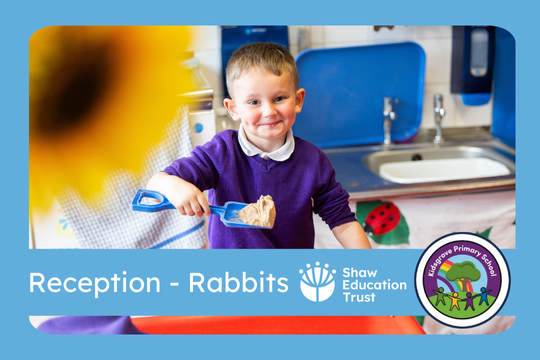
This week, for our Understanding the world focus, Reception Rabbits have been learning about the polar regions.
Children have explored the story texts ‘Poles Apart’ by Jeanne Willis and Jarvis and ‘Lost and Found ‘ by Oliver Jeffers.


Using their Communication and Language and their Literacy skills, they have retold the stories, and used role play to reenact the main parts- which have helped them not only to remember the story sequence and main characters and plot- but also has supported their learning about the Arctic and Antarctic. They have used their phase 2 and phase 3 phonics knowledge to write captions and sentences, when creating facts about the animals that they have encountered.
In Geography they have been thinking about the location and the environment. They can compare the two and discuss the land and the habitats of the animals that live there.
‘Polar bears will never meet a penguin in their natural habitat because polar bears are from the Arctic and penguins form the Antarctic!’- Reggie
'Polar bears need thick fur to keep warm as the land is made up of ice!’- Isla
'Some of the animals are white to camouflage from their predators!’- Millie
'The Inuit people eat fish and polars, artic fox and sometimes arctic hare! The animals have to camouflage away. They have to build igloos to shelter when they are away hunting-but there are not lots of people there’- Teddy
'No one can live in Antarctic because its tool cold. In the Arctic, peoples houses have to be lifted off the ground on stilts to stop being snowed in’- Nancie
In PSHE our focus was teamwork. Throughout the week, children worked together to make igloos using an array of construction materials. They used their thinking skills to make their work better and understood the importance of listening to each other to achieve the best results.



As you can see, the children are a wealth of knowledge on the polar regions.
They did, however learn lots of new vocabulary;
habitat- the natural home or environment of an animal, plant, or other organism.
camouflage-the use of any combination of materials, coloration, or illumination for concealment, either by making animals or objects hard to see.
predator- an animal that lives by killing and eating other animals.
Our teachers are going to use our 'know more remember more' motto to see if we can remember the definitions- ready to use in our focus topics later in the year!
In Science, children talked about making predictions. They learned about frozen water and how to melt the ice. They used salt, baking powder, heat and compared it to a block of ice that was not touched and one that was left outside. Then they recorded their results.
‘The ice in the baking powder melted the quickest! Then the one on the radiator!’- Chloe
‘I thought the one outside would not melt as its still freezing outside, I was right’- Cody
Children then used some snow and ice to mix colours. This was a consolidation of prior learning where children could predict what colours they would make by mixing primary colours together.


Children were introduced to famous figure, David Attenborough. They were fascinated to learn that he was just a little boy who grew up living in a university and was exposed to so many books and he just loved to learn about nature. They understand that David is so old now at 98 years old but he still wants to record animals in their natural habitat and that he wants us to help to save the planet! What a life to lead- some of the children even said that they would like to be like David Attenborough- little people! big dreams! The aspirations in Reception Rabbits are just a delight to see and hear.


Children have loved learned about the Arctic and Antarctic and the environment that is so different to ours here in England. They have used expressive arts and design to embed the skill of observational drawings- when they drew polar bears and penguins.
They look forward to using their knowledge and skills learned in upcoming learning, and to build on this independently in the provision.